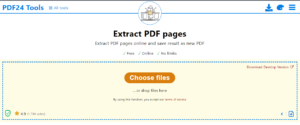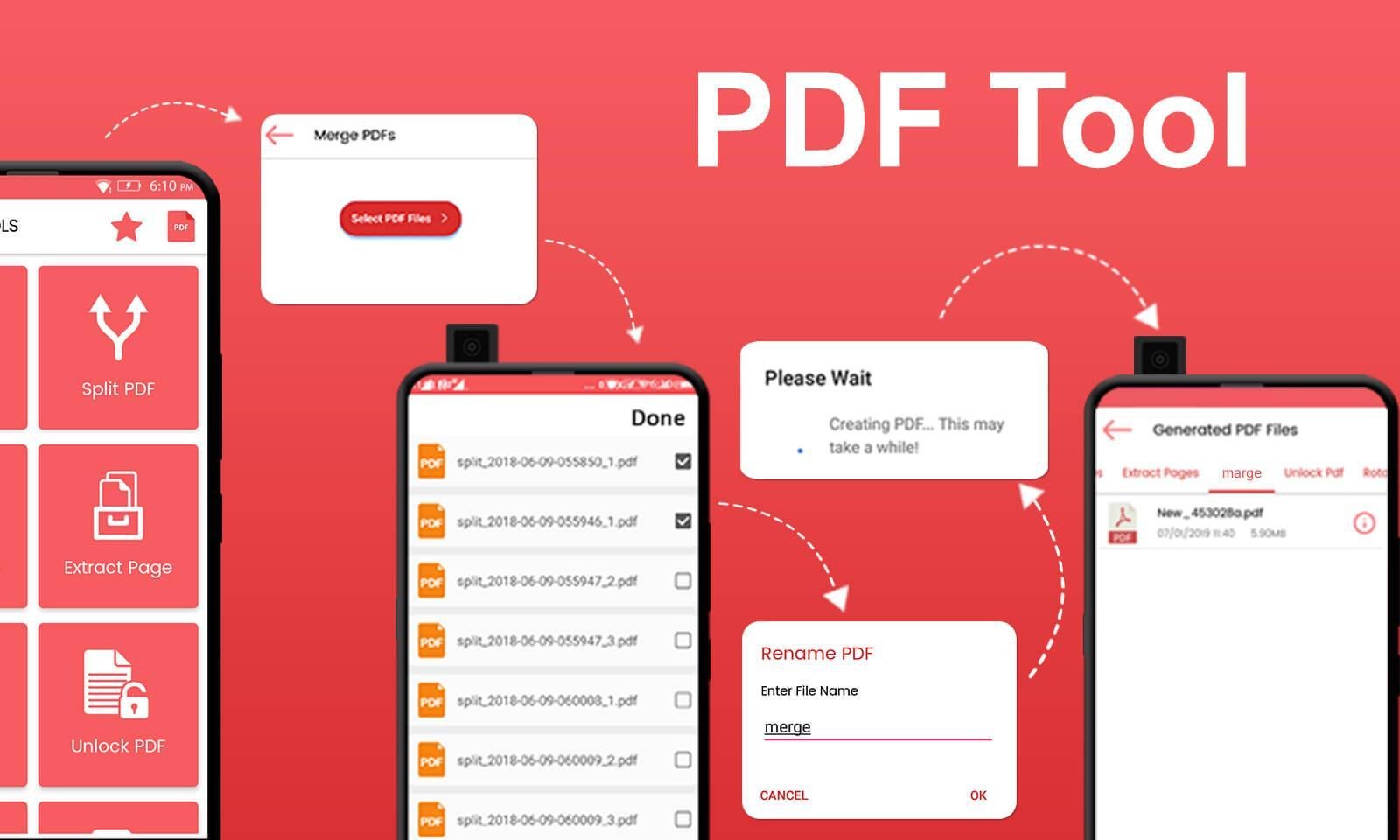Introduction.
Website audit tools pdf: A website audit is a thorough evaluation of a website’s performance, covering aspects like SEO, user experience (UX), accessibility, security, and conversion rate optimization (CRO). Using website audit tools that generate PDF reports allows businesses to document findings systematically, share them with stakeholders, and track progress over time. This guide provides a comprehensive, solution-based approach to conducting website audits and resolving identified issues, with actionable steps to ensure measurable improvements.
Breaking Down the Problem: Components of a Website Audit.
A website audit typically evaluates several key areas. Each component can reveal specific issues that impact performance:
-
Technical SEO: Ensures search engines can crawl and index the website effectively. Issues include broken links, slow page load times, and improper indexing.
-
On-Page SEO: Focuses on content optimization, including keywords, meta tags, and internal linking.
-
User Experience (UX) and Design: Assesses navigation, mobile responsiveness, and overall usability.
-
Accessibility: Ensures compliance with standards like WCAG (Web Content Accessibility Guidelines) for inclusivity.
-
Security: Identifies vulnerabilities such as outdated plugins or lack of HTTPS.
-
Conversion Rate Optimization (CRO): Evaluates elements like calls-to-action (CTAs), forms, and pop-ups to maximize conversions.
-
Content Quality: Reviews the relevance, accuracy, and engagement level of content.
Common Causes of Website Issues.
Issues identified during a website audit often stem from the following causes:
-
Lack of Regular Maintenance: Websites not regularly updated may have outdated plugins, broken links, or obsolete content.
-
Poor Initial Design: Non-intuitive navigation or lack of mobile optimization can harm UX.
-
Inadequate SEO Practices: Missing meta tags, keyword stuffing, or poor backlink profiles can reduce search visibility.
-
Insufficient Security Measures: Failure to implement HTTPS or update software can expose vulnerabilities.
-
Neglecting Accessibility: Ignoring WCAG guidelines can exclude users with disabilities.
-
Lack of CRO Focus: Weak CTAs or overly complex forms can deter conversions.
-
Content Neglect: Outdated or irrelevant content fails to engage users or rank well.
Consequences of Not Addressing Website Issues.
Failing to resolve website audit issues can lead to:
-
Reduced Search Rankings: Technical SEO issues like broken links or slow load times can lower visibility on search engines, reducing organic traffic.
-
Poor User Experience: Confusing navigation or inaccessible design can increase bounce rates and reduce engagement.
-
Security Breaches: Unaddressed vulnerabilities may lead to data breaches, damaging trust and incurring legal penalties.
-
Lost Revenue: Poor CRO can result in fewer conversions, directly impacting sales or leads.
-
Legal and Compliance Risks: Non-compliance with accessibility standards can lead to lawsuits or fines.
-
Brand Damage: Outdated or low-quality content can erode credibility and customer trust.
Step-by-Step Instructions to Conduct a Website Audit and Resolve Issues.
Below is a detailed, actionable process for conducting a website audit using tools that generate PDF reports and resolving identified issues.
Step 1: Define Audit Objectives and Scope.
-
Action: Set clear goals (e.g., improve SEO rankings, enhance UX, ensure accessibility compliance). Identify key pages to audit (e.g., homepage, product pages, contact page).
-
Tools: Use a project management tool like Trello or Asana to organize the audit process.
-
Resolution: Create a checklist of audit components (SEO, UX, etc.) and assign responsibilities to team members.
-
PDF Output: Document objectives in a PDF using tools like Google Docs or Canva, exported as a PDF for stakeholder review.
Step 2: Crawl the Website for Technical SEO Issues.
-
Action: Use a crawling tool to identify technical issues like broken links, duplicate content, or indexing problems.
-
Tools:
-
Semrush Site Audit: Checks for over 140 technical issues and generates PDF reports.
-
Screaming Frog: Provides detailed crawl data exportable to PDF via CSV conversion in tools like Excel.
-
Google Search Console: Free tool for indexing status; export reports to PDF.
-
-
Resolution:
-
Fix broken links by redirecting (301) or removing them.
-
Correct “noindex” tags accidentally applied to key pages.
-
Update XML sitemaps and robots.txt files to ensure proper indexing.
-
-
PDF Output: Export Semrush’s Site Health report or Screaming Frog’s crawl summary as a PDF to share with developers.
Step 3: Optimize On-Page SEO.
-
Action: Review meta titles, descriptions, header tags, and keyword usage. Ensure internal links point to high-priority pages.
-
Tools:
-
Yoast SEO (WordPress): Provides real-time SEO feedback; export recommendations to PDF.
-
Google Analytics: Identifies high-traffic pages for optimization; export data to PDF.
-
-
Resolution:
-
Include target keywords in title tags and meta descriptions.
-
Add relevant internal links to boost page authority.
-
Remove duplicate content by implementing canonical tags.
-
-
PDF Output: Compile a PDF report of optimized pages using Yoast’s analysis or Google Analytics data.
Step 4: Assess and Improve UX and Design.
-
Action: Test navigation, mobile responsiveness, and page load speed. Gather user feedback via surveys or heatmaps.
-
Tools:
-
Hotjar: Provides heatmaps and user behavior insights; export reports to PDF.
-
Google PageSpeed Insights: Measures load speed; save results as PDF.
-
Mobile Device Testing: Manually test on iOS/Android devices.
-
-
Resolution:
-
Simplify navigation menus to reduce clicks to key pages.
-
Optimize images (compress using tools like TinyPNG) to improve load times.
-
Ensure mobile responsiveness with CSS media queries or responsive frameworks.
-
-
PDF Output: Create a PDF summarizing UX findings and recommended design changes using Hotjar’s export feature.
Step 5: Ensure Accessibility Compliance.
-
Action: Check for WCAG compliance, including alt text for images, keyboard navigation, and text contrast ratios.
-
Tools:
-
WAVE: Identifies accessibility issues; export results to PDF via browser print function.
-
webaccessibility.com: Provides detailed accessibility reports exportable to PDF.
-
-
Resolution:
-
Add descriptive alt text to all images.
-
Ensure a contrast ratio of at least 4.5:1 for text.
-
Enable keyboard navigation for all interactive elements.
-
-
PDF Output: Generate a PDF accessibility report from WAVE to share with compliance teams.
Step 6: Enhance Security.

-
Action: Audit for HTTPS, outdated plugins, and malware. Check password policies and 2FA implementation.
-
Tools:
-
Sucuri SiteCheck: Scans for malware and security issues; export results to PDF.
-
SSL Labs: Tests SSL/TLS configuration; save report as PDF.
-
-
Resolution:
-
Implement HTTPS across all pages.
-
Update or remove outdated plugins/software.
-
Enable 2FA for admin accounts.
-
-
PDF Output: Compile a PDF security audit report using Sucuri’s findings for IT teams.
Step 7: Optimize for Conversion Rates.
-
Action: Evaluate CTAs, forms, and pop-ups for effectiveness. Run A/B tests to optimize conversions.
-
Tools:
-
Google Optimize: Runs A/B tests; export results to PDF via Google Analytics integration.
-
Convertica: Analyzes CRO elements; export reports to PDF.
-
-
Resolution:
-
Simplify forms to reduce fields and add error detection.
-
Test CTA button colors, wording, and placement.
-
Ensure pop-ups are non-intrusive and relevant.
-
-
PDF Output: Create a PDF report of A/B test results and CRO recommendations.
Step 8: Review Content Quality.
-
Action: Assess content for relevance, accuracy, and engagement. Identify outdated or duplicate content.
-
Tools:
-
Hemingway App: Checks readability and style; export to PDF via browser.
-
Semrush Content Audit: Identifies low-performing content; export to PDF.
-
-
Resolution:
-
Update outdated content with current information.
-
Repurpose or delete underperforming content.
-
Optimize for user intent and keywords.
-
-
PDF Output: Generate a PDF content audit report summarizing findings and actions.
Step 9: Compile and Share the Audit Report.
-
Action: Combine findings into a comprehensive PDF report, prioritizing issues by impact and effort. Include actionable recommendations and timelines.
-
Tools:
-
Canva: Create visually appealing PDF reports.
-
Google Docs: Compile findings and export to PDF.
-
-
Resolution: Share the PDF with stakeholders, assign tasks, and set deadlines.
-
PDF Output: Final audit report in PDF format, detailing all issues, solutions, and next steps.
Step 10: Monitor and Iterate.
-
Action: Track improvements using analytics tools and schedule regular audits.
-
Tools:
-
Google Analytics: Monitors traffic and conversions; export to PDF.
-
Semrush: Tracks SEO progress; generate PDF reports.
-
-
Resolution: Adjust strategies based on performance data and conduct audits quarterly or biannually.
-
PDF Output: Create periodic PDF progress reports to document improvements.
Real-World Example: E-Commerce Store Audit.
An e-commerce store used Semrush’s Site Audit tool to identify technical SEO issues, generating a PDF report that revealed a “noindex” tag on their product pages, causing a 30% drop in organic traffic. They fixed the issue by removing the tag, updated their XML sitemap, and saw a 25% traffic increase within a month. Additionally, a Hotjar heatmap PDF report showed users struggling with a complex checkout form. Simplifying the form to three fields increased conversions by 15%. Regular PDF reports helped the team track progress and maintain accountability.
Prevention Tips.
-
Schedule Regular Audits: Conduct audits quarterly to catch issues early.
-
Automate Monitoring: Use tools like Semrush or Google Search Console for real-time alerts.
-
Train Staff: Educate teams on SEO, accessibility, and security best practices.
-
Use Version Control: Track changes to code and content to avoid accidental errors like “noindex” tags.
-
Stay Updated: Monitor industry trends and algorithm updates to adapt strategies.
-
Implement DLP Solutions: Use data loss prevention tools to secure sensitive data and prevent breaches.
Next Steps and Call to Action.
-
Start Your Audit Today: Select a tool like Semrush or Screaming Frog and run an initial crawl. Export findings to a PDF for documentation.
-
Prioritize Issues: Focus on high-impact issues like technical SEO and security first.
-
Assign Tasks: Use the PDF report to delegate responsibilities with clear deadlines.
-
Monitor Progress: Set up Google Analytics and Semrush for ongoing tracking, exporting monthly PDF reports.
-
Seek Expert Help: If overwhelmed, contact a professional agency like Finalsite or ADCIsolutions for a comprehensive audit.

The website design looks great—clean, user-friendly, and visually appealing! It definitely has the potential to attract more visitors. Maybe adding even more engaging content (like interactive posts, videos, or expert insights) could take it to the next level. Keep up the good work!